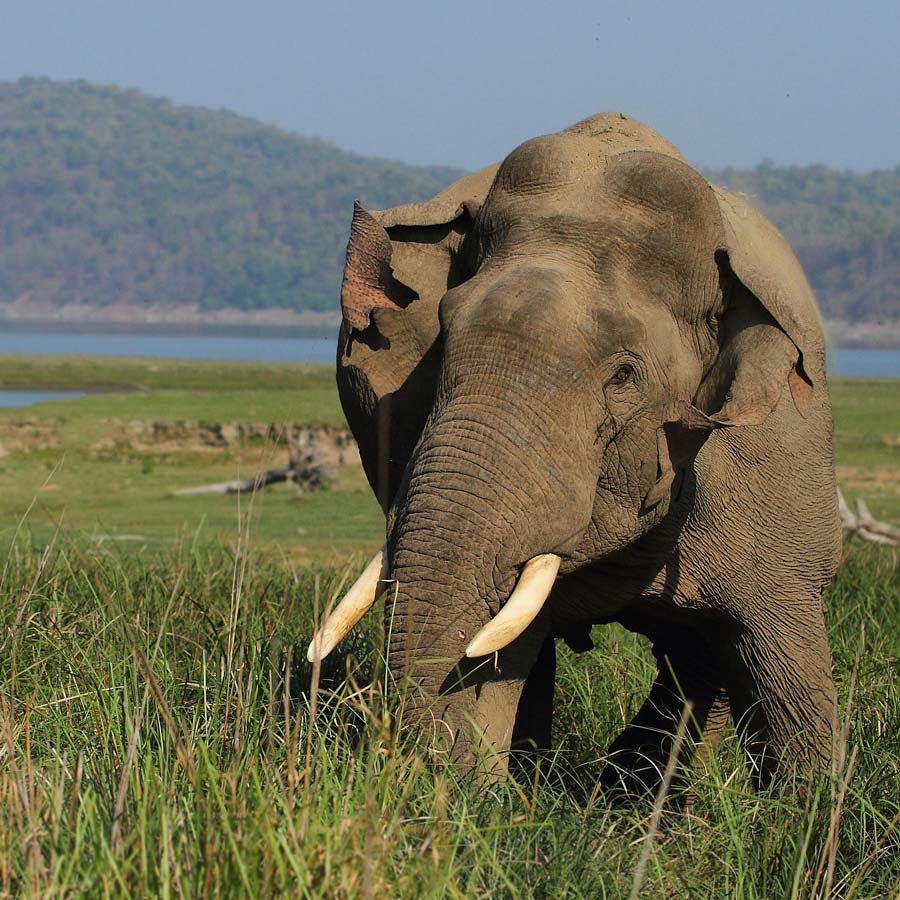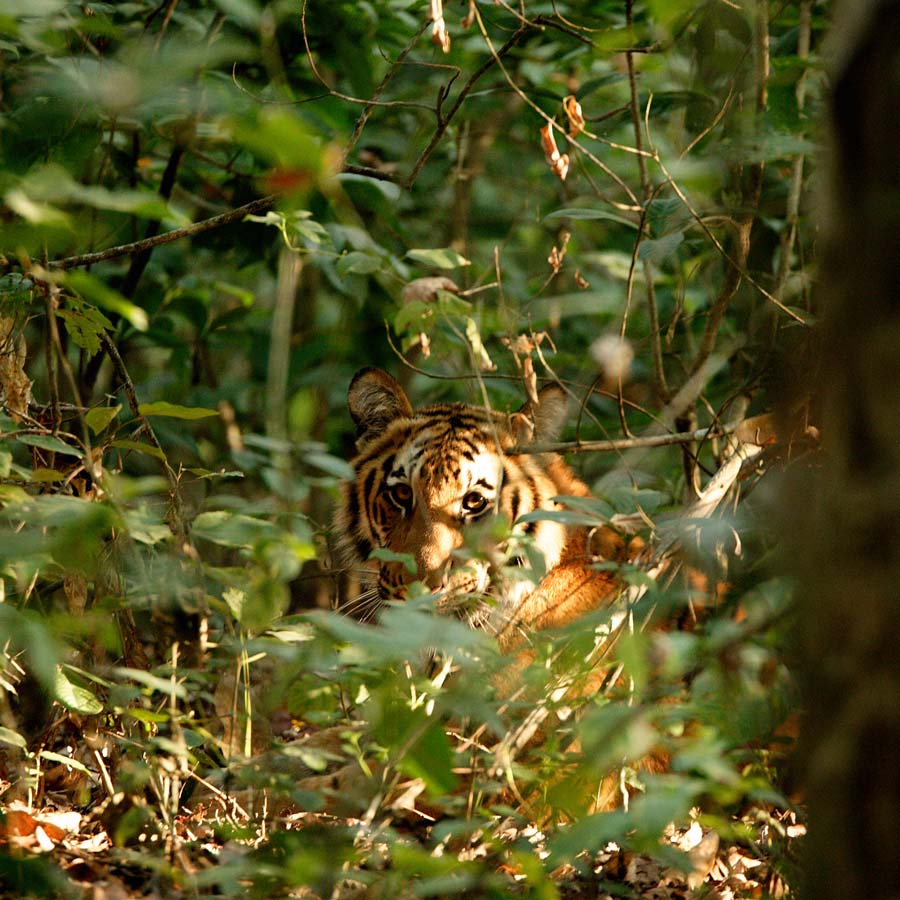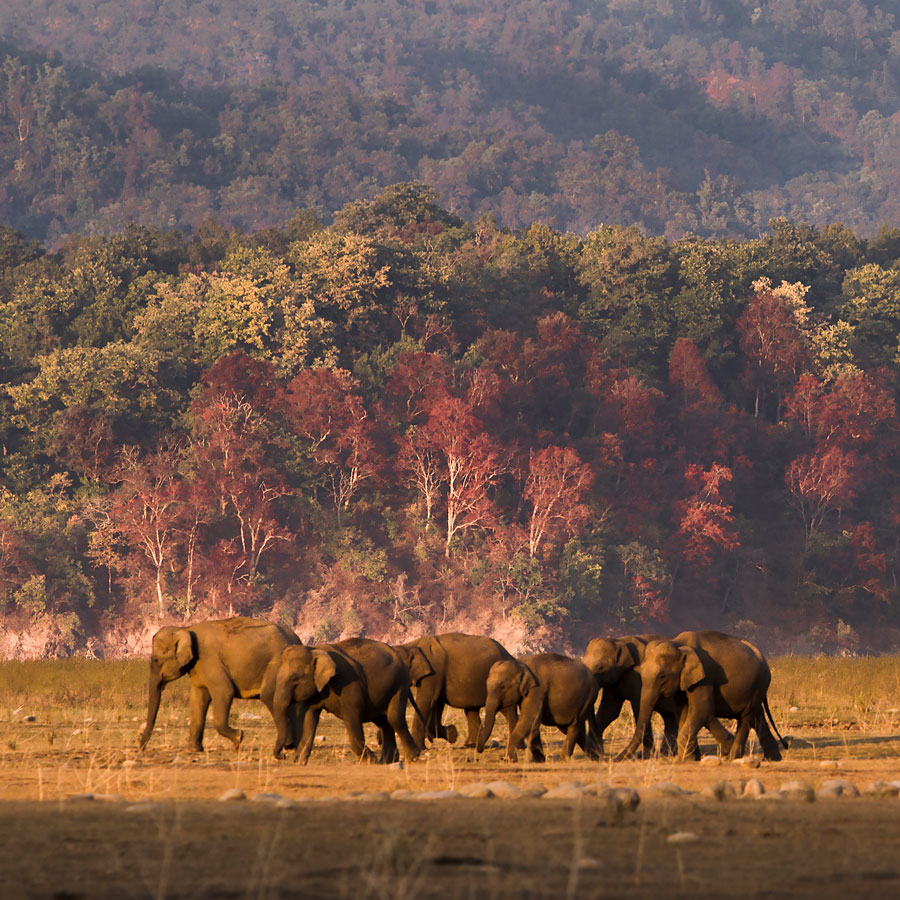The Forest
Vanghat, known as a buffer zone, is located on the bank of Western Ramganga River, inside the Kalagarh Tiger Reserve, which is a forest division of CORBETT TIGER RESERVE.
History
Asia’s first national park was established in 1936 as Hailey National Park, and was renamed twice, first as Ramganga National Park in 1954-55 and later Jim Corbett National Park in 1955-56, and is currently located in the Nainital district of Uttarakhand. Aimed to protect wildlife (especially the endangered Bengal Tiger), the park was renamed in order to honour the great wildlife conservationist, naturalist, and author Edward James Corbett, who played a key role in its establishment.
Area
Corbett National Park comprises a 520.8 km2 (201.1 sq mile) area of hills, riverine belts, marshy depressions, grasslands, and a large lake. In 1974, it was chosen as the location for launching Project Tiger, an ambitious and well-known wildlife conservation project. To stop poaching and timber cutting, 797.72 km2 were added in 1991 as a buffer zone to the Corbett Tiger Reserve. This addition included the entire Kalagarh forest division, assimilating the 301.18 km2 (116.29 sq mile) area of the Sonanadi Wildlife Sanctuary as a part of the Kalagarh division.
Vegetation
The elevation ranges from 1,300 to 4,000 ft (400 to 1,200 m). Winter nights are cold, but the days are bright and sunny. It rains from July to September.
The dense and moist deciduous forest mainly consists of Sal, Haldu, Ficus, Rohini, and mango trees. The forest covers almost 73% of the park; 10% of the area consists of grasslands. It houses around 110 tree species, 50 species of mammals, 650 bird species, and 25 reptile species.
Kalagarh Division
The Northern Division (the buffer zone) of the Corbett Tiger Reserve was named Kalagarh Tiger Reserve (KTR) in 1974 when Project Tiger was launched in India. Kalagarh (KTR) is spread over 301.18 km2, which also includes the Sonanadi Wildlife Sanctuary.
About 70 percent of the reserve falls in the Pauri Garhwal district and the rest in the Nainital and Almora districts.
Signup for our Newsletter
Know whats happening.












